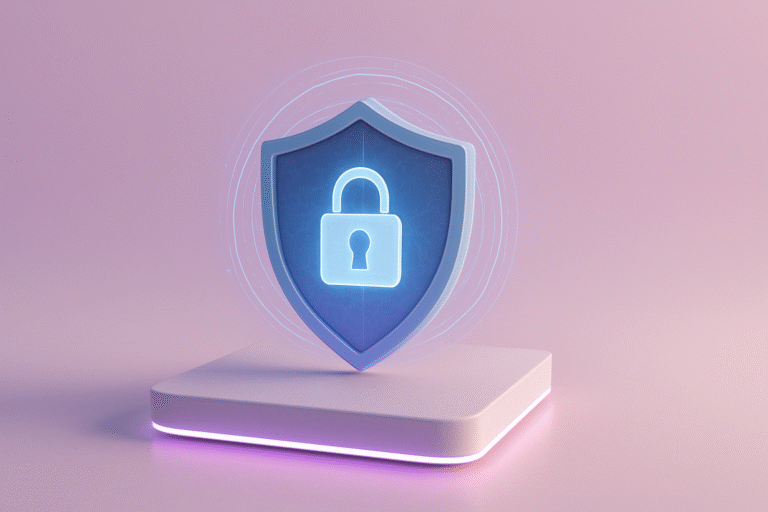In recent months, cybersecurity has re-emerged as an undisputed priority for organizations. It will come as no surprise to anyone that this is one of today’s biggest business challenges, especially given the frequency of incidents in the news.
Service disruptions, data leaks, intellectual property theft, extortion, and identity theft are just a few examples of problems that cause huge financial losses and severely damage trust.
So how is it that companies continue to face these incidents despite the advanced technology solutions available? There is an often underestimated component that has proven to be the weakest link in any organization’s security chain: the human factor.
The most common threat: Human error
As the Romans used to say, errare humanum est, and many cybersecurity incidents are preceded by human error.
This is often because an organization’s employees have direct access to critical systems, sensitive data, and essential operations, and this proximity to key resources makes them a perfect target for cybercriminals who use social engineering tactics to exploit human weaknesses. From phishing to credential misuse, human error can open doors that even the most robust technological barriers cannot close.
That is why human-caused cybersecurity incidents are not just accidents; they are manifestations of a lack of security culture. Lack of awareness, inadequate training, and lack of clear procedures are all factors that contribute to employees unknowingly facilitating access for malicious actors.
Strategies for improving cybersecurity
Despite the challenges posed by the human factor, there are several strategies that organizations can implement to mitigate this risk. Effective human factor management in cybersecurity must be a holistic approach that combines technology, processes, and most importantly, training. We will explore these points in more detail below:
- Training and awareness: Ongoing education is essential to mitigate the risks associated with the human factor. Organizations should invest in training programs that teach employees how to recognize attacks, properly manage their passwords, and follow cybersecurity best practices. These programs should be regularly updated to include the latest threats and attack techniques.
- Attack simulation and penetration testing: Attack simulations, such as simulated phishing, can be a powerful tool for evaluating and improving employee response to potential threats. These tests can identify specific vulnerabilities and provide direct feedback to employees, facilitating continuous improvement of the organization’s security posture.
- Implementation of policies and procedures: It is essential that organizations develop and maintain clear cybersecurity policies that are understandable and accessible to all employees. These policies should cover issues such as password management, system access, and incident response. In addition, they should be reinforced with strong procedures to ensure adherence and compliance by all members of the organization.
- Security culture: Fostering a security culture within the organization is essential. This implies that cybersecurity must be a shared responsibility, where every employee, from the lowest to the highest level, is committed to protecting the company’s digital assets. The security culture must be promoted and reflected in the daily practices of the organization.
- Implementation of a Zero Trust system: The implementation of a Zero Trust approach is an advanced strategy that can significantly mitigate the risks associated with the human factor. This security model is based on the principle of “never trust, always verify”, where no user or device, whether inside or outside the corporate network, is considered trusted by default. This approach drastically reduces the chances of a human failure leading to a security compromise by limiting the potential damage an attacker could cause if they were to bypass one of the defenses.
Conclusion
Management that must adapt to a constantly evolving threat environment. While technology plays a critical role, protection against cyberattacks depends largely on the people who interact with it.
Strengthening the human factor is not just a matter of technical training, but of creating an organizational culture that prioritizes security in every action and decision. Only in this way will organizations be able to significantly reduce risk and build a truly robust security chain.
This holistic approach, which considers both technology and human behavior, is critical for organizations to successfully meet the cybersecurity challenges of today’s world.
Resources:
[1] Peña, M. (2022): El eslabón más débil: el factor humano. Business Review: Harvard Deusto, 324, 34-36.
Want to learn more about security? Don’t miss these resources!
At Block&Capital, experts in IT recruitment in Spain, the UK, the USA, and Andorra, we connect companies with exceptional tech talent. Our mission is to create opportunities where growth and success are within everyone’s reach. Contact us today to find the right IT talent for your company.
Last posts





